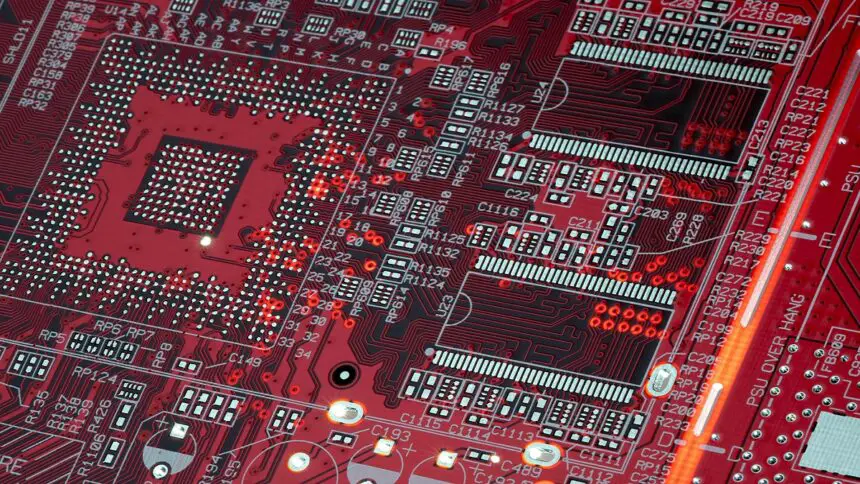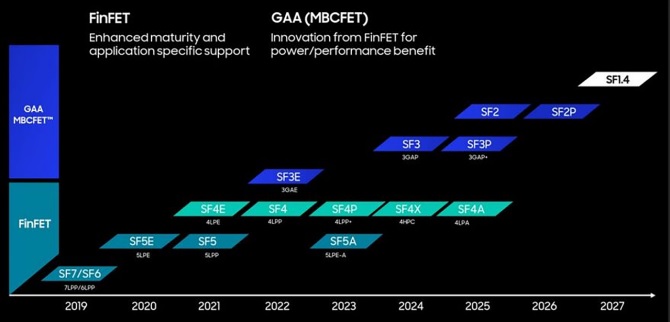- Samsung Foundry is working on developing chipset based on 2nm node by overshadow TSMC and Intel's progress.
- However, reports suggests Samsung is battling low yield issues probably below 50% making it a dilemma for Samsung before closing deals.
- Samsung is headed for 2025 for the 2nm chipsets if everything goes as planned.
By this time, Samsung Foundry and low yield issues appears synonymous. Contrary to its smartphones and display wings, Samsung Foundry has been reportedly facing low yield issues for ages. Snapdragon 8 Gen 1 AP was among the recent ones that had a yield rate as low as 35%. Seems like the problem isn’t gone yet and instead, has infected its chips on the upcoming 2nm node as well.
Samsung Foundry Faces Low Yield Challenges on 2nm Node
A subsidiary of Samsung is currently working on a 2nm node that will produce a future line of chipsets. The South Korean giant is reportedly looking forward to a 2nm node to beat both TSMC, by a few months, and Intel, by a few years for sure. However, Samsung Foundry is facing a low yield issue with the 2nm node as well. It uses the gate-all-around (GAA) method instead of FinFET and sources suggest Samsung is facing poor yield across all GAA nodes including the 3nm nodes and older ones.
Although there are no numbers available as such, it is believed Samsung Foundry is not able to achieve a yield of 50% as well-meaning out of 100 chips it produces, more than half don’t pass the quality control or are defective. Thus, Samsung pays for it from its pockets.
An earlier report published by ZDNet said that Samsung has rebranded the second-gen 3nm as 2nm this year. If that is true, Samsung could be in for a potential shortcoming given the upgraded node but with a similar process under the hood.
Taiwan-based TSMC is currently the mammoth in market share with more than 62% of the share while Samsung Foundry has only 11%. Samsung is reportedly taking over Snapdragon 8 Gen 5 SoC up for grabs next year built on a 2nm process. The South Korean giant is offering discounts to lure customers from Intel and TSMC, although it will have to improve yields to get customers on-board.
Related
As per the timeline, Samsung Foundry will debut the 2nm processors later next year. It is likely to power Snapdragon 8 Gen 5 SoC as mentioned above. However, this is perhaps if everything goes as planned. Low yield rates would mean Samsung might have to rethink and come up with new ideas to jack up the process before getting customers on the table.










